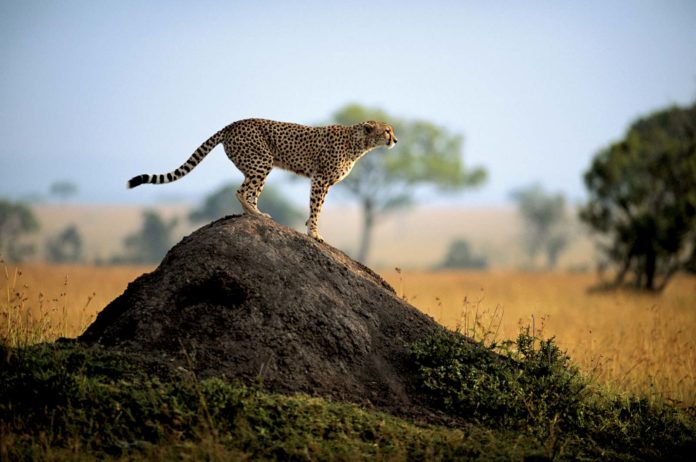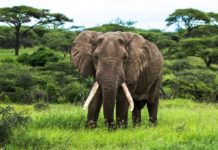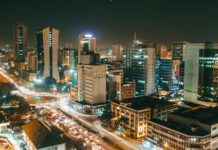Masai Mara National Reserve is one of the most popular tourism destinations in Kenya- Africa. The reserve is located in the Great Rift Valley in primarily open grassland. Wildlife tends to be most concentrated on the reserve’s western escarpment.
The Masai Mara is regarded as the jewel of Kenya’s wildlife viewing areas. The annual wildebeest’s migration alone involves over 1.5 million animals arriving in July and departing in November. There have been some 95 species of mammals, amphibians and reptiles and over 400 bird’s species recorded on the reserve.
The Mara is known as one of the finest wildlife destinations in the world, with an excellent chance of seeing the big five, cheetah, serval, hyena, bat-eared foxes, black-backed and side-striped jackals, hippo, crocodile, baboons, warthog, topi, eland, Thompson’s gazelle, Grant’s gazelle, impala, water buck, oribi, reed-buck and zebra.
Game viewing, camping, night game drives, visits to Masai cultural villages, ballooning, bush dinner, lunch and breakfast. Masai Mara makes for a spot for a destination wedding photographer to engage different scenes with clients.
Peak season is between July and October, during the migration. Early November and February can also offer excellent game viewing. Although it is not guaranteed that the wildebeest get to Maasai Mara, it has yet to let us down. Also, December to February are great times as it is dryer and good for the Big Cats. The Maasai Mara is an all-year-round destination with the big cats, and all the big game still in the Maasai Mara Ecosystem.
It’s not easy to give exact costs for a Maasai Mara safari. There are many budget-influencing factors like the time of year you travel, how luxurious you’d like your stay to be, whether you fly or drive between camps and lodges, whether or not you go private and exclusive, and which extra activities you want to add to your safari, like spa treatments, hot-air ballooning and cultural visits.
Choosing which area in the Masai Mara to visit will influence your safari experience. The national reserve is busiest during the Wildebeest Migration (from about July to November) and most of the area’s camps and lodges cater for large numbers of guests. The concessions to the north offer more privacy at luxury tented camps and special activities like walking safaris. The Mara’s eastern region is nearest to Nairobi and the accommodation is more geared towards scheduled tour groups.
Accommodation in the Mara can range from no-fuss mobile camps that move with the Wildebeest Migration to old-style tented camps and very luxurious family-friendly lodges.




